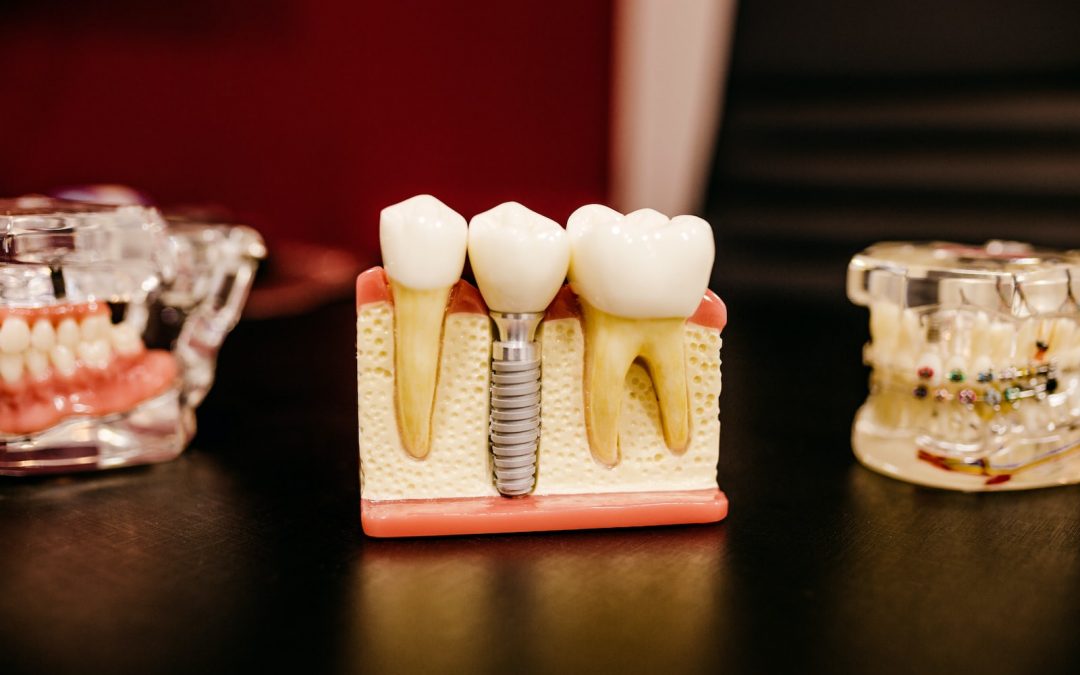How Intraoral Scanners Help with Implant Planning
Intraoral scanners are revolutionizing the field of implant dentistry. These high-tech devices allow dentists to capture precise digital impressions of a patient’s teeth and gums, which can be used to plan and place dental implants with greater accuracy and precision than ever before. In this article, we’ll explore the many ways that intraoral scanners are changing implant dentistry for the better.
Accurate Measurements
One of the primary advantages of using intraoral scanners for implant planning is their ability to capture highly accurate measurements. Traditional impressions can be prone to errors, especially if the patient moves during the procedure or if the impression material is not properly mixed. Intraoral scanners eliminate these issues by capturing a digital impression that can be immediately checked for accuracy and corrected if necessary.
Improved Communication
In addition to providing accurate measurements, intraoral scanners also allow for improved communication between the dentist and the dental laboratory. Digital impressions can be quickly and easily shared with the lab, reducing the risk of miscommunication and ensuring that the final implant restoration meets the patient’s needs and expectations.
Enhanced Planning
Intraoral scanners can also be used to create 3D digital models of a patient’s teeth and gums. These models can be used to plan the placement of dental implants with greater precision, taking into account the patient’s unique anatomy and bone density. By using 3D digital models, dentists can simulate the placement of implants and ensure that they are placed in the optimal position for long-term success.
Improved Patient Experience
In addition to improving the accuracy of implant placement, intraoral scanners also offer a more comfortable patient experience. Traditional impressions can be messy and uncomfortable, causing some patients to experience anxiety or discomfort during the procedure. Intraoral scanners eliminate the need for messy impression materials, reducing patient discomfort and anxiety.
Conclusion
Intraoral scanners are quickly becoming a must-have technology for dental practices that offer implant dentistry. These high-tech devices offer a range of benefits, from improving the accuracy of implant placement to enhancing the patient experience. By using intraoral scanners, dental practices can provide better care to their patients and improve the overall quality of their services.

